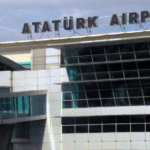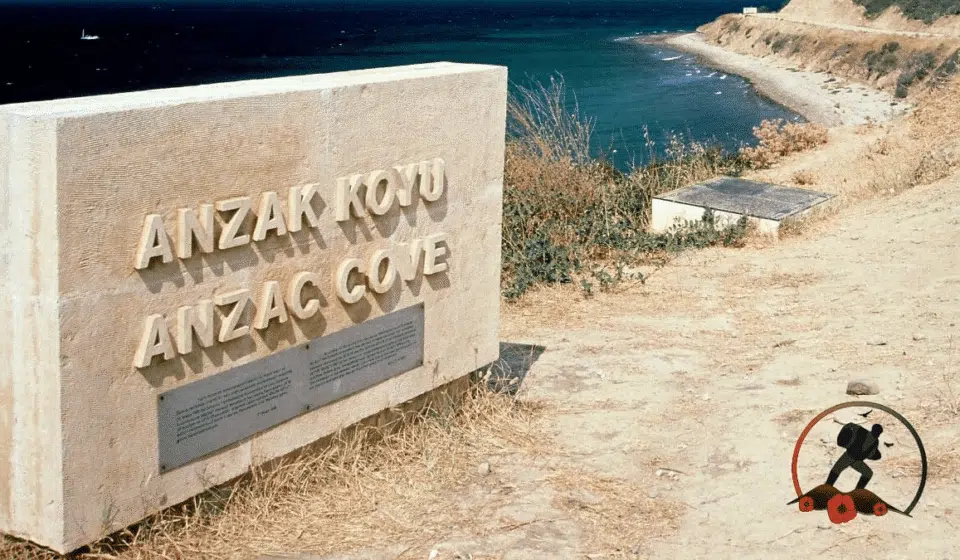
From the Dardanelles War to ANZAC Cove: The Full Story of Gallipoli
This comprehensive guide explores the Gallipoli Campaign in detail, covering its historical background, key locations, major events, and the people who shaped it.
Table Of Content
- 🎟️ BOOK YOUR ISTANBUL TOURS NOW! 🎟️
- 1. Overview & Historical Background
- The Dardanelles War: A Defining Chapter in History
- Introduction to the Battle of Çanakkale
- What Was the Battle of Dardanelles?
- 2. Location & Geography
- Location and Strategic Importance of the Battle of Gallipoli
- Nearby Tourist Attractions and Activities
- ANZAC Cove, Turkey: The Heart of the Campaign
- 3. Participants & Forces Involved
- Who Fought in the Gallipoli War?
- The Role of ANZAC Troops in the Gallipoli Campaign
- 4. Key Events & Significance
- Gallipoli ANZAC Landing: A Turning Point in the War
- Why Was the Battle of Gallipoli Important?
- ANZAC Day at Gallipoli: Honoring the Fallen
- 5. Related Battles & Campaigns
- The Battle of Dardanelles and Its Connection to Gallipoli
- How the Battle of Çanakkale Shaped the Outcome of World War I
- Related posts
You’ll learn how the Dardanelles War unfolded, why Gallipoli was strategically important, and how its legacy continues to influence nations today.
Gallipoli remains a significant topic in the modern era because it shaped national identities, fostered lasting alliances, and serves as a powerful reminder of the human cost of war.
Along the way, we’ll also highlight nearby attractions for those who wish to explore the region’s rich cultural and historical heritage.
🎟️ BOOK YOUR ISTANBUL TOURS NOW! 🎟️
Online booking is easy and secure. Click the link below, choose your date, and confirm instantly:
⚠️ Don’t wait—these tours often sell out, especially on weekends and holidays!
1. Overview & Historical Background
The Dardanelles War: A Defining Chapter in History

The Dardanelles War, also known as the Gallipoli Campaign, was one of the most pivotal military operations of World War I. It took place between 1915 and 1916, with the Allied Forces aiming to secure the Dardanelles Strait to open a sea route to Russia. This campaign not only shaped the course of the war but also had a lasting impact on national identities, particularly in Turkey, Australia, and New Zealand.
Introduction to the Battle of Çanakkale
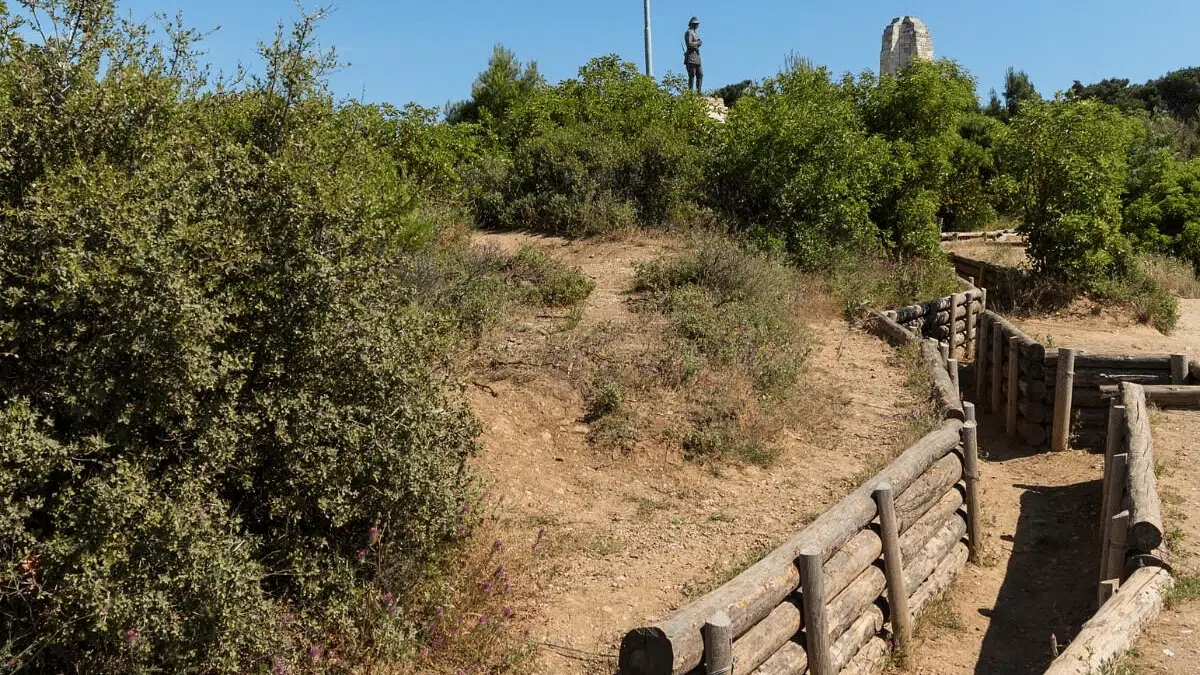
In Turkey, the Battle of Çanakkale is remembered as a symbol of resilience and unity. Commanded by Mustafa Kemal Atatürk, the Ottoman forces successfully defended the straits against one of the most formidable naval and land assaults of the time. The victory became a turning point in Turkish history and a source of national pride.
What Was the Battle of Dardanelles?
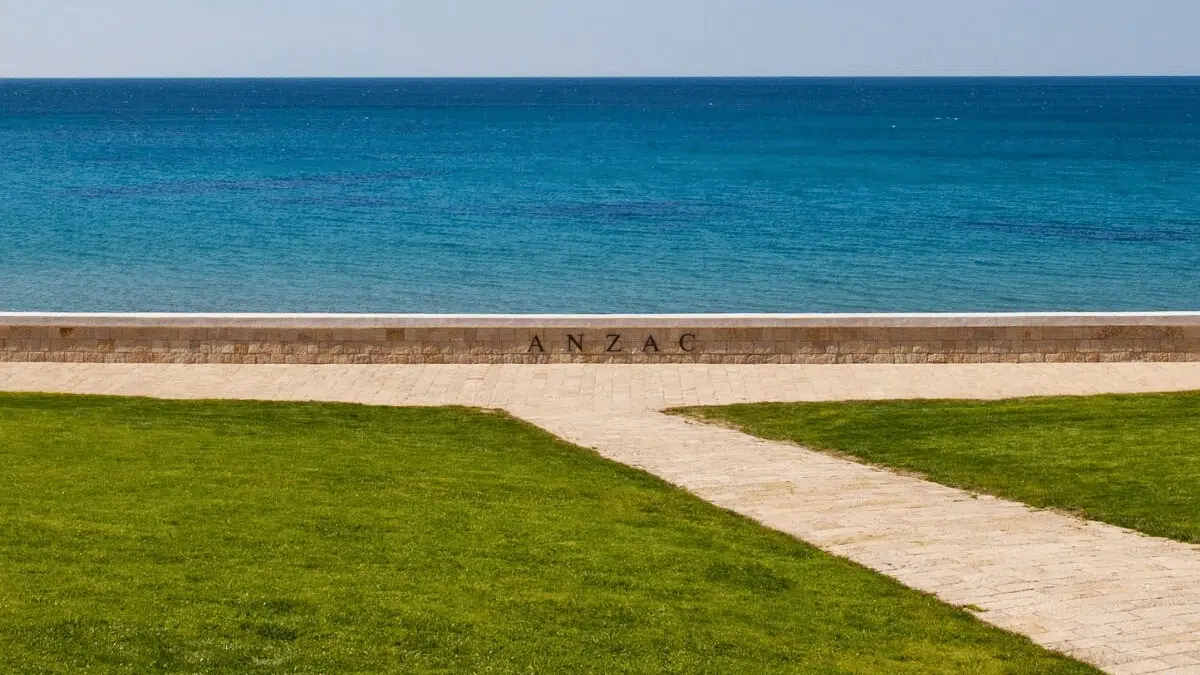
The Battle of Dardanelles refers specifically to the naval operations in early 1915. The Allies attempted to force their way through the Dardanelles Strait using battleships and minesweepers but faced fierce resistance and heavy losses. This failure led to the land invasion of the Gallipoli Peninsula, marking the start of a prolonged and costly campaign.
2. Location & Geography
Location and Strategic Importance of the Battle of Gallipoli
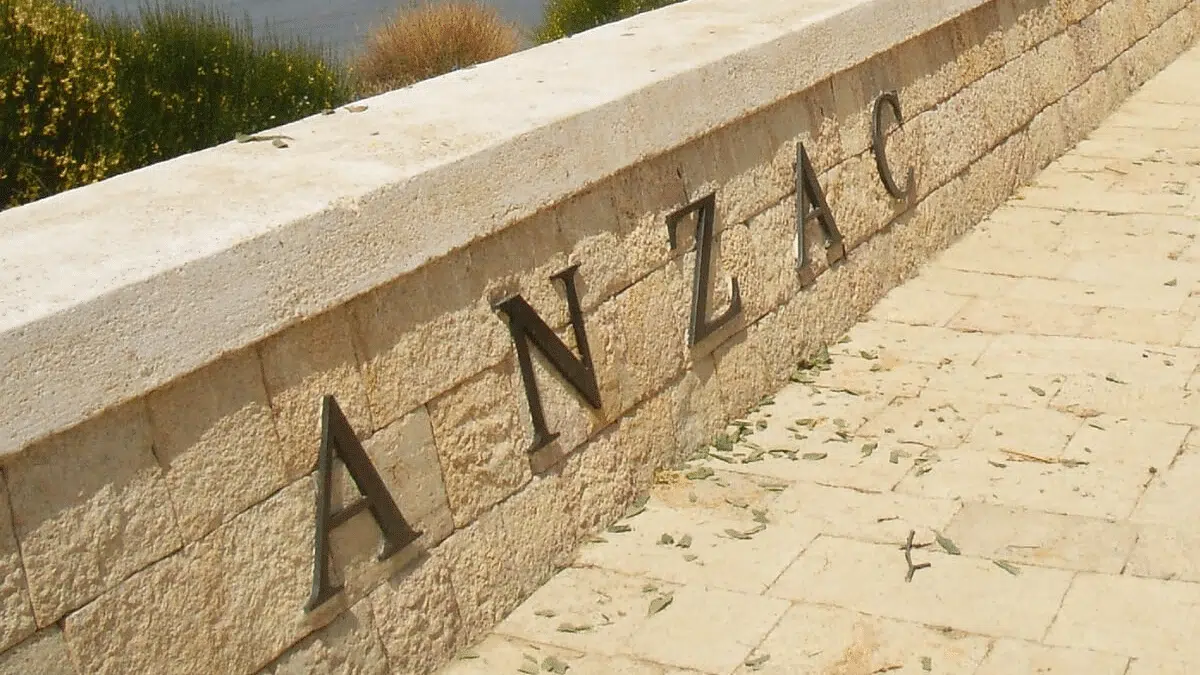
The Battle of Gallipoli took place on the Gallipoli Peninsula in northwestern Turkey, strategically located between the Aegean Sea and the Dardanelles Strait. This position offered control over access between the Mediterranean and the Sea of Marmara, and ultimately to Istanbul (then Constantinople). Control of this region was essential for the Allies to connect with Russia and potentially knock the Ottoman Empire out of the war. The area’s rugged hills, cliffs, and narrow beaches made military operations extremely challenging for both sides.
Nearby Tourist Attractions and Activities
- Gallipoli Historical National Park and its memorials – Explore battlefields, memorials, and preserved trenches offering deep insights into the campaign.
- Town of Eceabat and its local museums – Learn about regional history and view artifacts from the Gallipoli battles.
- Legendary site of Troy – Visit the UNESCO World Heritage site famed for its connection to Homer’s Iliad.
- Seaside dining along the Aegean coast – Enjoy fresh seafood and local delicacies with stunning coastal views.
- Ferry ride to Çanakkale city center – Experience the vibrant harbor, shopping streets, and cultural life of the city.
Day Trips:
- Istanbul’s iconic landmarks such as Hagia Sophia, the Blue Mosque, and Dolmabahce Palace – Discover architectural marvels and rich Ottoman-Byzantine history.
ANZAC Cove, Turkey: The Heart of the Campaign
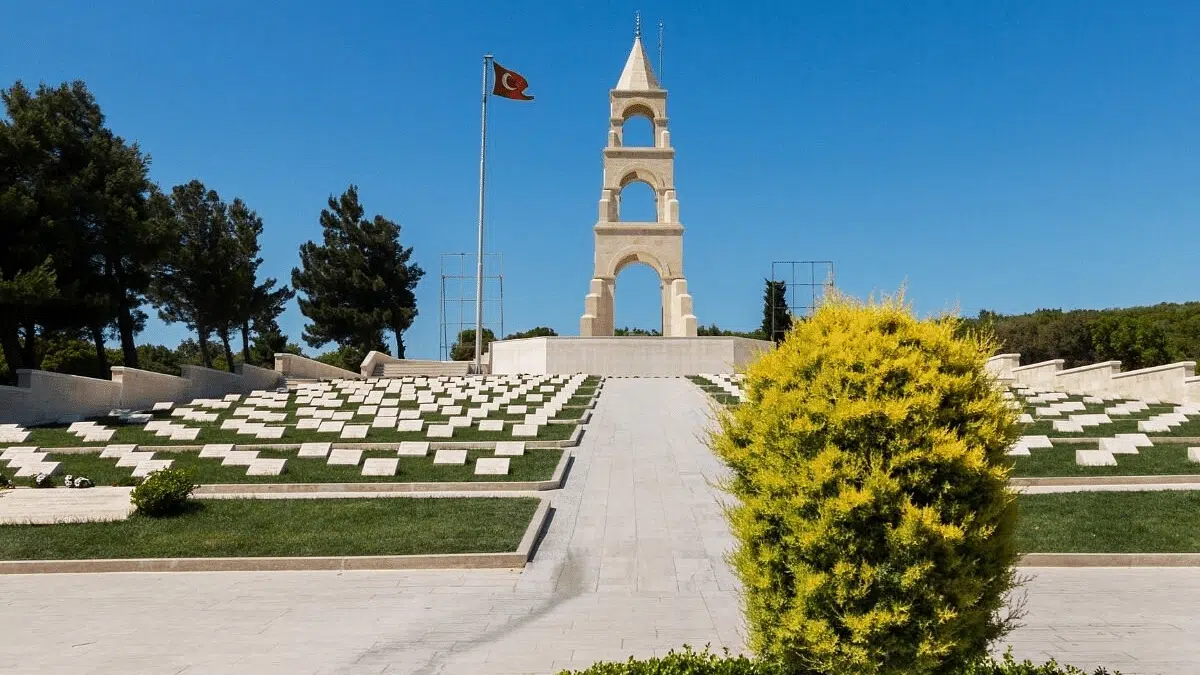
ANZAC Cove is a small beach on the Gallipoli Peninsula where the Australian and New Zealand Army Corps (ANZACs) landed on April 25, 1915. This area became the main base for ANZAC troops during the campaign and is now a site of commemoration for their sacrifices.
3. Participants & Forces Involved
Who Fought in the Gallipoli War?
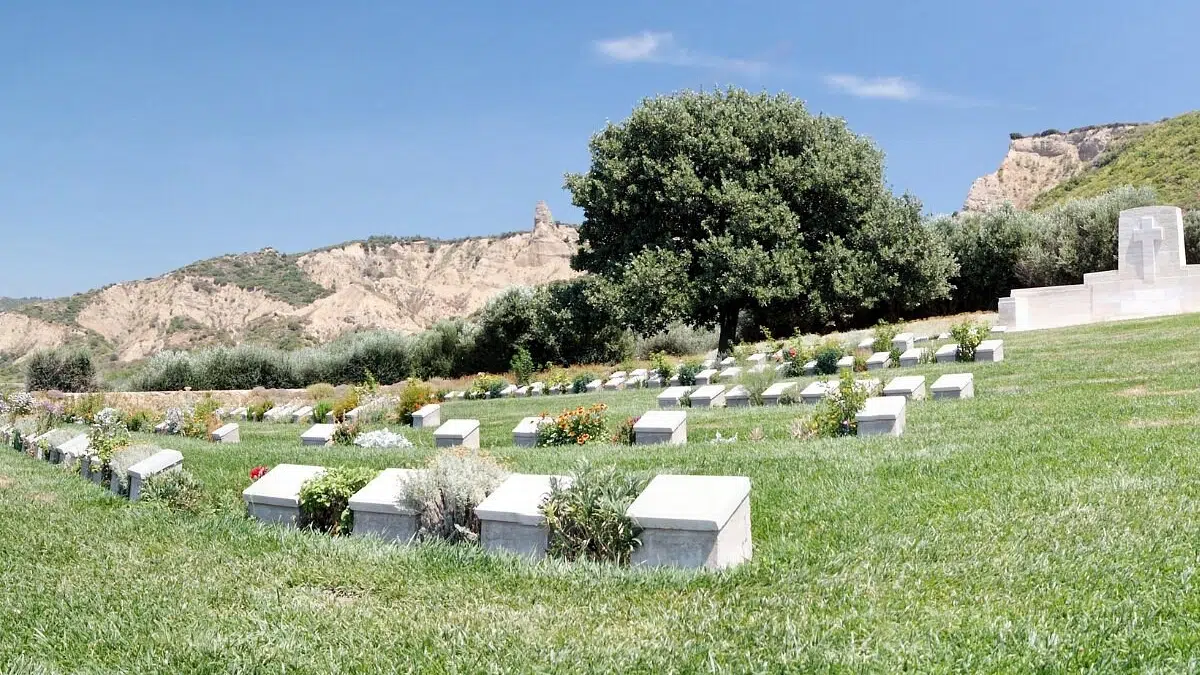
The Gallipoli War involved Allied forces from Britain, France, Australia, New Zealand, India, and Newfoundland, fighting against the Ottoman Empire, supported by Germany and Austria-Hungary. Each nation brought unique military capabilities, but the harsh conditions tested them all.
| Side | Nations Involved | Key Contributions |
|---|---|---|
| Allies | Britain, France, Australia, New Zealand, India, Newfoundland | Naval power, infantry assaults, artillery, logistical support |
| Central Powers | Ottoman Empire, Germany, Austria-Hungary | Defensive fortifications, strategic leadership, effective use of terrain |
The Role of ANZAC Troops in the Gallipoli Campaign
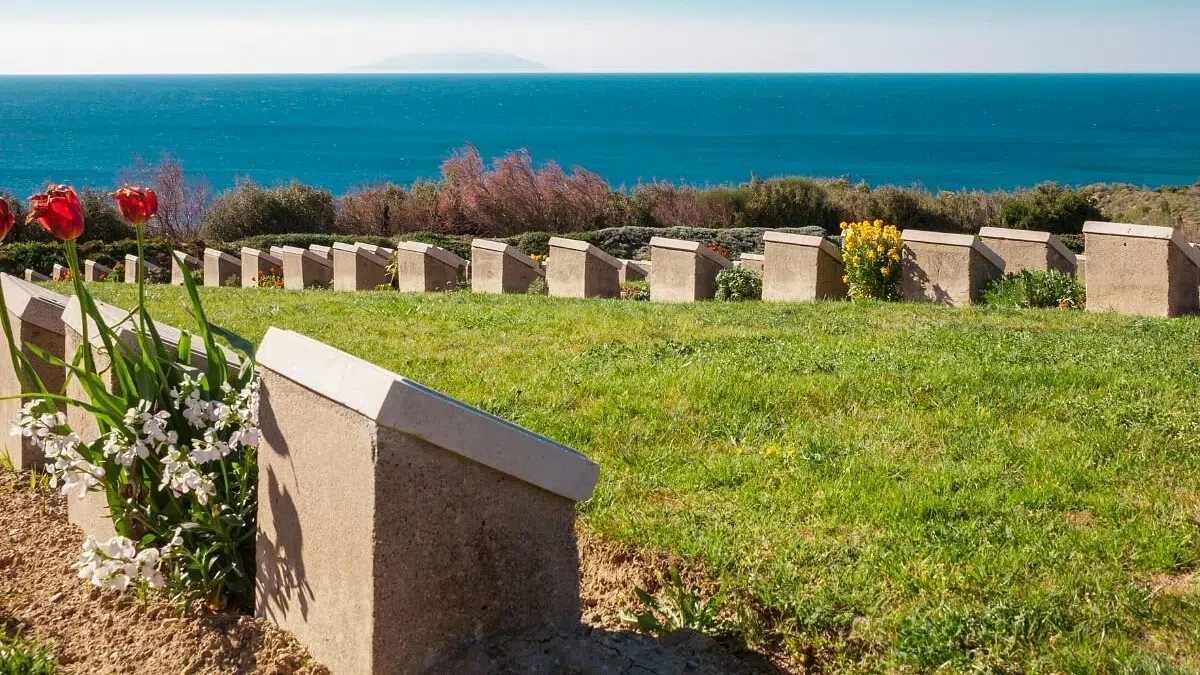
The ANZAC troops played a crucial role in the Gallipoli Campaign, enduring some of the most intense fighting in the hills above ANZAC Cove. Their bravery and endurance became legendary, shaping the national identities of both Australia and New Zealand.
Key aspects of their role included:
- Establishing and holding defensive positions under heavy fire
- Conducting night raids and reconnaissance missions
- Maintaining supply lines in difficult terrain
- Supporting allied troops in coordinated offensives
- Demonstrating exceptional resilience in harsh weather and living conditions
4. Key Events & Significance
Gallipoli ANZAC Landing: A Turning Point in the War
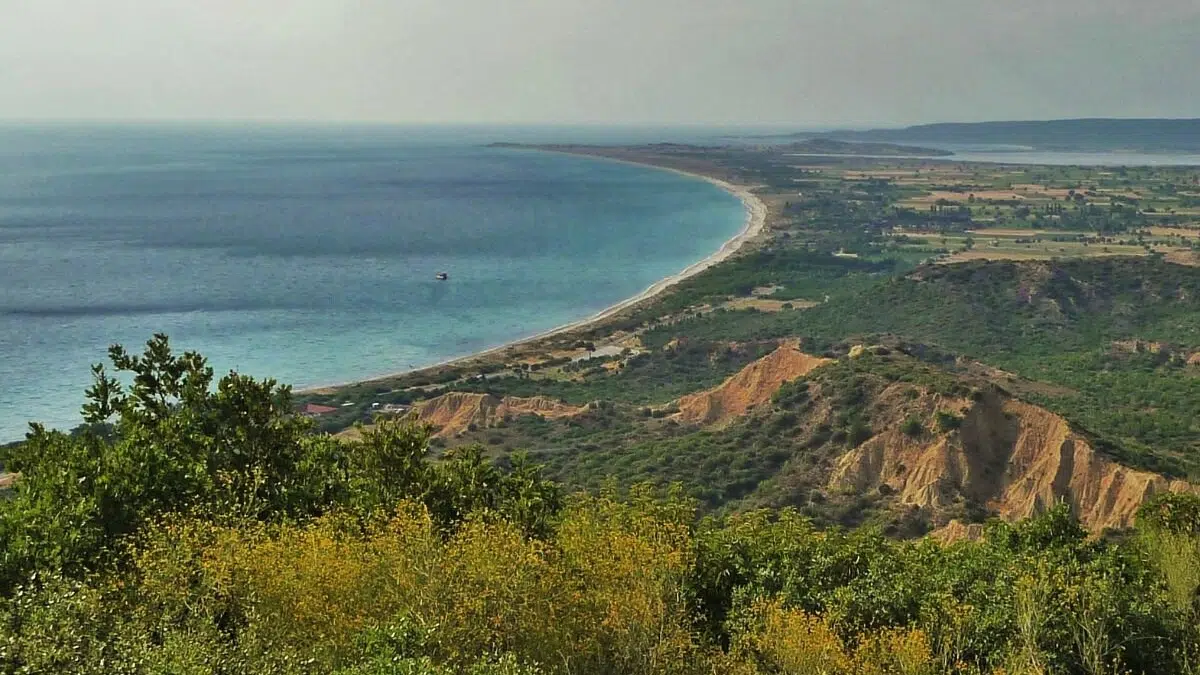
The Gallipoli ANZAC landing on April 25, 1915, was meant to secure high ground quickly. However, strong Ottoman defenses and challenging terrain led to a stalemate that lasted months. This day is still commemorated annually as ANZAC Day.
Why Was the Battle of Gallipoli Important?
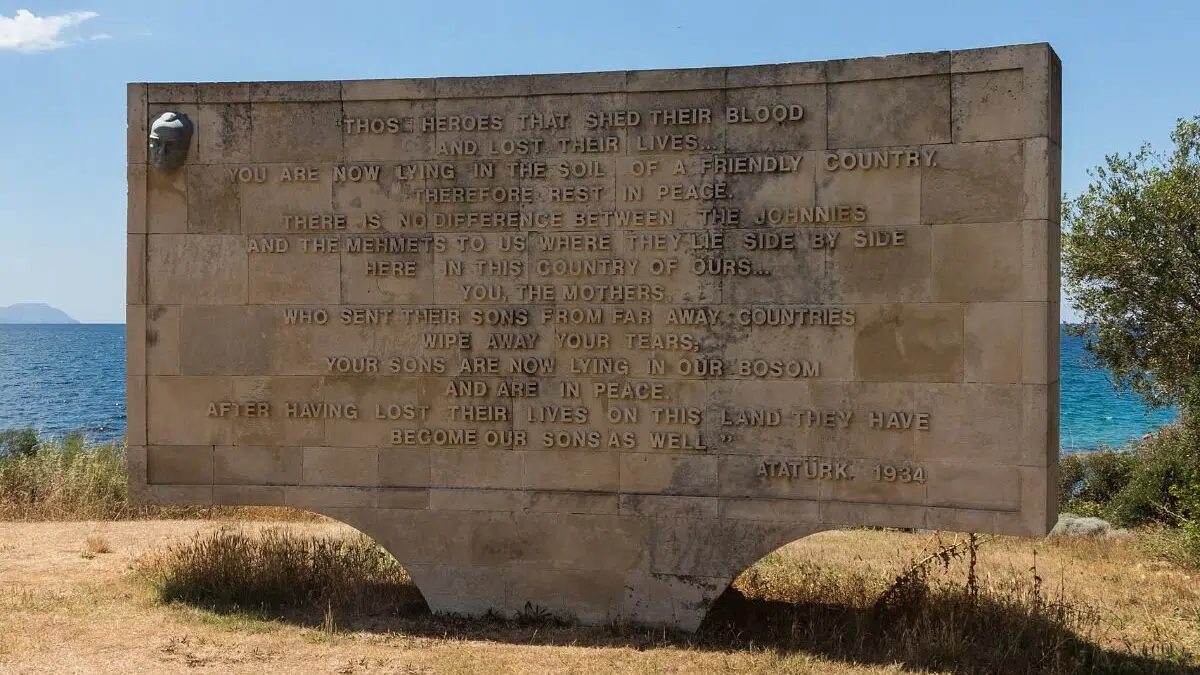
The Battle of Gallipoli was significant because it delayed Allied plans to open a sea route to Russia, boosted Ottoman morale, and elevated Mustafa Kemal Atatürk as a national hero. For the Allies, it was a costly lesson in underestimating an opponent’s defensive strength. It also reinforced Istanbul’s historical significance as a strategic prize, a city known for landmarks like Hagia Sophia, the Blue Mosque, and Dolmabahce Palace.
ANZAC Day at Gallipoli: Honoring the Fallen
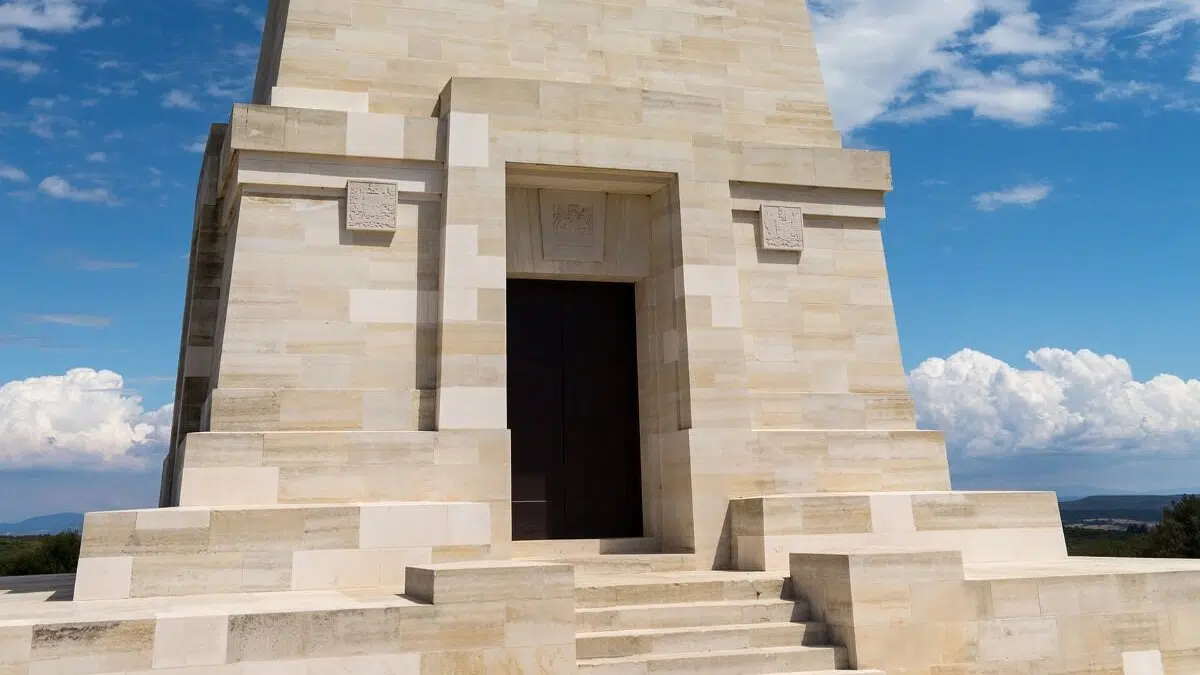
ANZAC Day, observed on April 25, is a national day of remembrance in Australia and New Zealand. Each year, thousands travel to Gallipoli for dawn services at ANZAC Cove, honoring those who fought and died in the campaign.
5. Related Battles & Campaigns
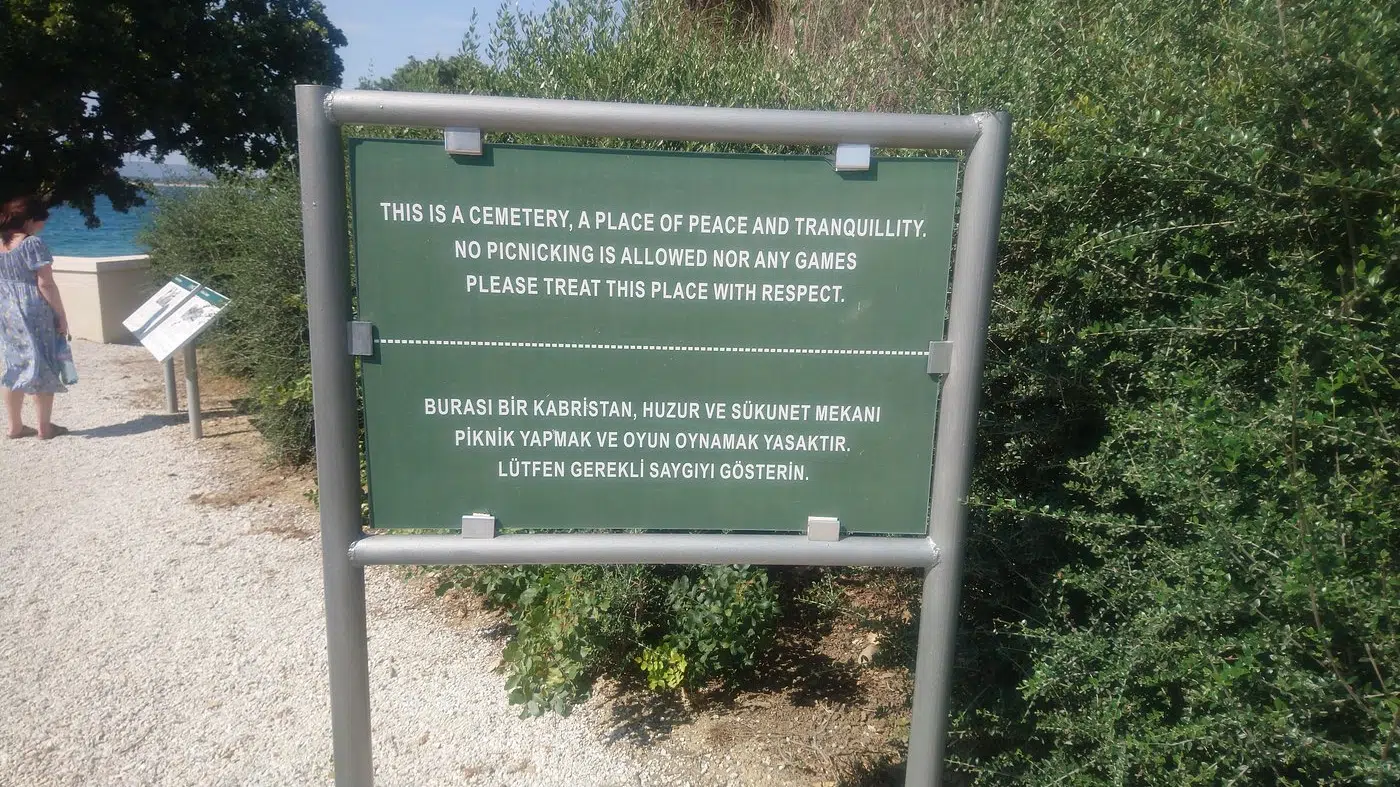
Placing these related battles in the broader context of World War I helps show how Gallipoli was part of a larger strategic effort. The Dardanelles naval operations and the Battle of Çanakkale were intertwined with other campaigns on the Eastern and Western Fronts, and their outcomes influenced diplomatic relations, troop movements, and the overall momentum of the war.
The Battle of Dardanelles and Its Connection to Gallipoli
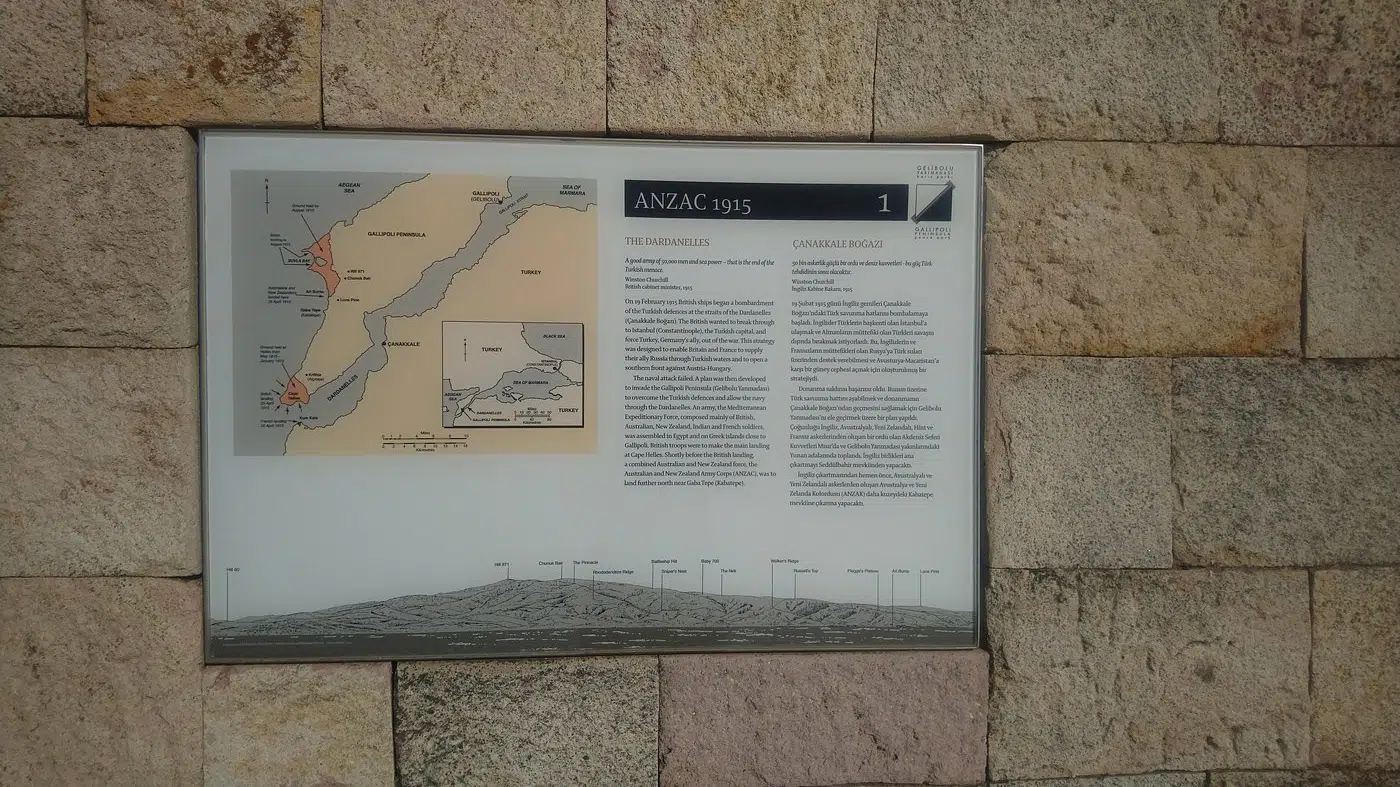
The naval Battle of Dardanelles, fought in March 1915 under the command of key figures such as Admiral John de Robeck for the Allies and Admiral Wilhelm Souchon for the Ottomans, was the precursor. It involved concentrated naval bombardments, mine-clearing attempts, and coordinated fleet maneuvers aimed at breaking through the heavily fortified straits to the Gallipoli land campaign. When the naval assault failed to break Ottoman defenses, the Allies launched a land invasion, hoping to capture the straits from the ground.
How the Battle of Çanakkale Shaped the Outcome of World War I
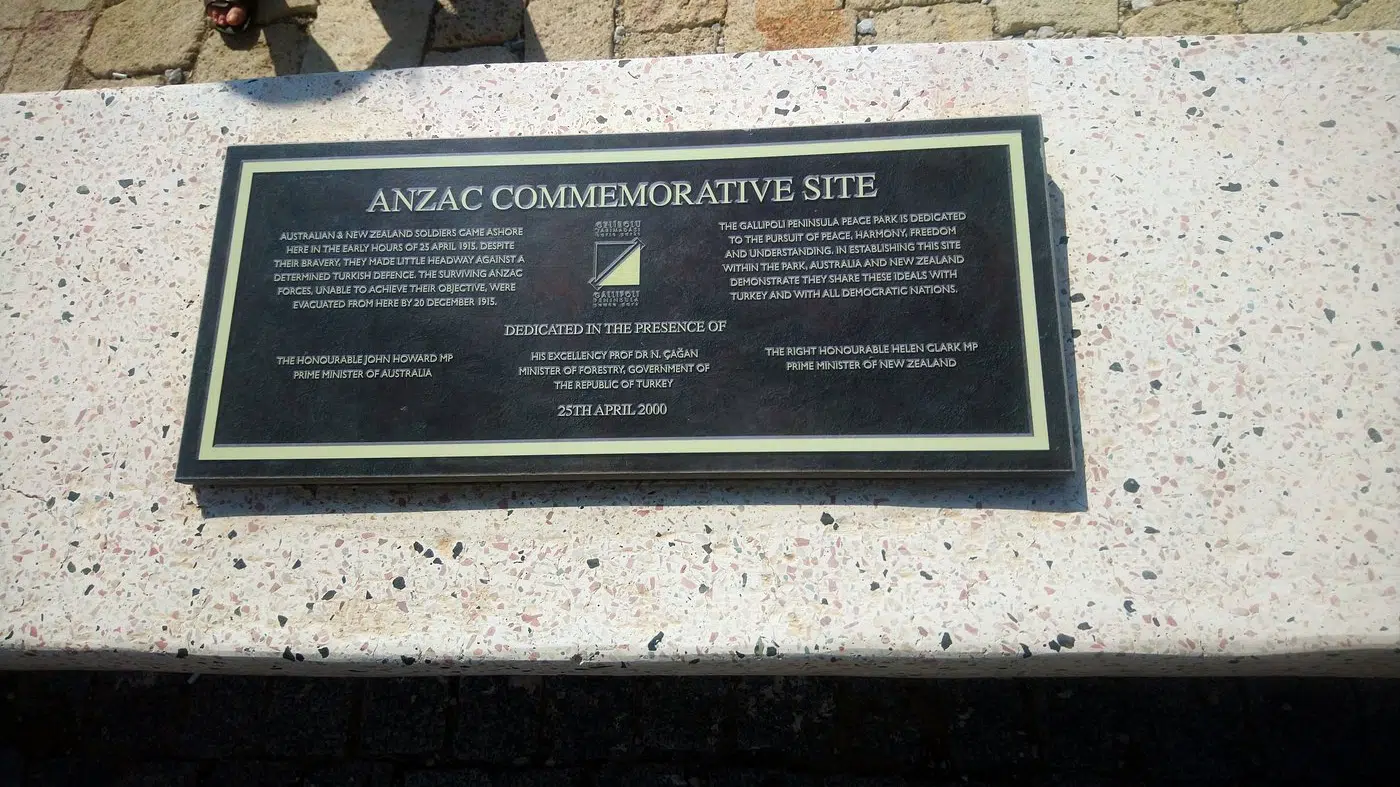
The Battle of Çanakkale, which resulted in over 250,000 total casualties across both sides, ensured that the Ottoman Empire remained in the war, forcing the Allies to fight on multiple fronts. It also influenced later military strategies, showing the risks of underestimating defensive positions in difficult terrain.

